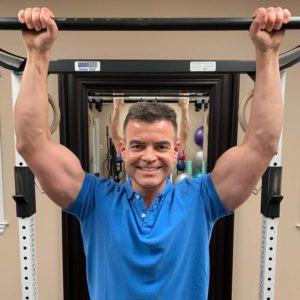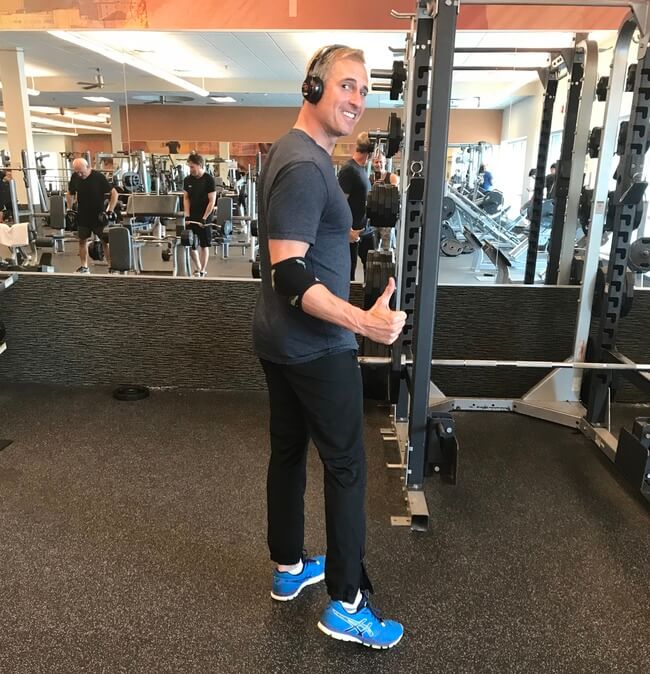Although the standard deadlift with an Olympic barbell is the most common way to do deadlifts, hex bar deadlifts are becoming an increasingly popular way to perform one of the most hardcore weight-lifting exercises. The hex bar puts less stress on the lumbar spine and requires less technical proficiency than barbell deadlifts.
I asked four experts to break down my deadlift form:
Dr. Joel Seedman
One of the foremost names in performance and fitness

“Love it! Great form. I generally recommend most folks use the top handles as the bottom handles for most lifters are still a bit low and they can maintain a better position with the higher handles.
Performing deadlifts barefoot keeps your body closer to the floor and gives you a stronger, sturdier foundation, not to mention it helps wake up the feet and ankles, which impacts activation up the entire kinetic chain.”
John Paul Catanzaro
One of Toronto’s top trainers and my personal fitness guru was complimentary, which I was glad to hear since he’s been my go-to person for 20 years.

“Good form – slow, controlled reps and a full range of motion.”
JP also touched on the subject of training barefoot. “One way to periodize your lower body lifts is to change the footwear, including going barefoot. That was Arnold’s preference!”
Sean Huddleston
Wellness coach and personal trainer

“I love the hex bar. It’s one of the easiest ways to teach someone to safely deadlift while being able to add pretty heavy loads. It’s so versatile. You can use it for everything from loaded carries to overhead presses. To be honest, I can’t think of a downside except you can only load so much weight on it.”
Paul Gagné
Posturologist, somatherapist, strength and conditioning specialist, and co-founder of the Desmotec Training Systems (DTS)

“Retract the chin and place the tongue on the roof of the mouth to help position your head in proper alignment.”
Some other great points from Paul:
- Keep your shoulder blades back and down to stabilize your torso
- Keep a tight cylinder by bracing your diaphragm and abdominals (imagine getting punched in the stomach and bracing your abs to absorb the shock)
- Push the floor away with your feet
- Move hips and body forward as one unit


